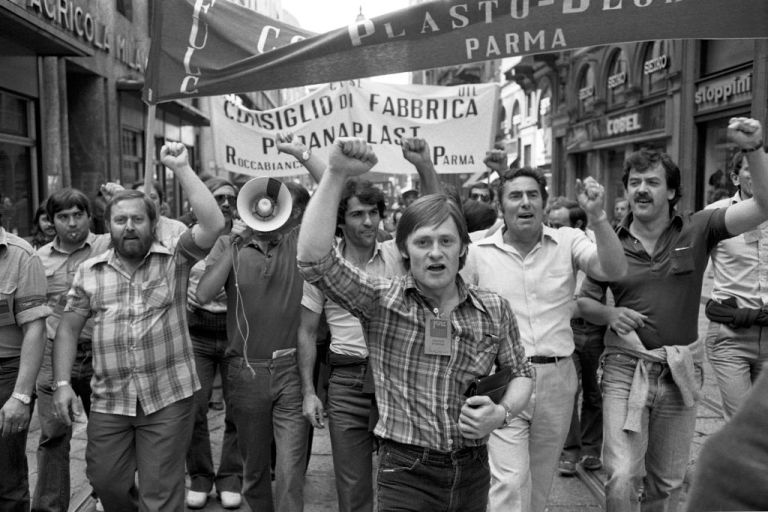
Matt Myers
Well, the dominant explanation of labor’s decline has been that a changing social structure and cultural references undermined working-class institutions behind their backs. However, I found that three different West European movements were aware of these processes as they were occurring. And many, including their leaderships and liberal adversaries, thought that those changes were having the opposite impact on the Left’s prospects. They actually thought that changes to the structure of the economy and popular world views were invigorating working-class politics.
So I don’t think that one can straightforwardly say that deindustrialization and cultural diversification led to the decline of the Left because in fact, these processes were already well underway in Europe. Why, then, does the Left expand its influence during the 1970s? Why then, does working-class politics seem to be renewing? Supporters of the declinist narrative might say this merely represents the death rattle of a group of actors in a defensive and ultimately doomed posture.
No one would suggest that the structural factors of technological change or cultural shifts hadn’t raised significant challenges. However, to see this as a death rattle is to foreclose the idea that the specific political response to these changes also had consequences. This is not to say the political decisions on their own are decisive, but, as part of reconciling political and social history, I want to recognize that the structural and the subjective play interrelated roles.
In terms of being more specific about subjective factors, I came to realize that these were partly linked to new kinds of workers becoming political actors. A new working-class generation, which had emerged from the margins of the old working class, kept appearing in all the material I was reading. An overly narrow conception of that class, bounded by a specific age, race/citizenship, and gender profile, had been left out of this part of the story.
By the margins, I mean those at the bottom of the Fordist division of labor, which in Europe during the 1970s generally meant women, racialized minorities, and the young as well as those educated white-collar workers in technical, research, or supervisory grades at the top. Workers at both margins were joining parties and unions and engaging in what you might call “traditional” forms of class struggle: striking, refusing to cross picket lines, and joining parties and trade unions. The working class during the 1970s was looking and sounding different from before. And many on the Left, not only its activists, thought that this expansion of the working class was a positive and hopeful development.
The French Communist Party leadership in 1979 claimed that “the current technological revolution is ushering in a new era of productive forces. . . . Socialism is no longer a utopia. The conditions are emerging for humanity to leave its prehistory.” The head of the Italian Communists in Turin argued in 1980 that “today the struggle is taking place between a stronger working class with greater ties to other social classes, both more in control of its elementary needs and more demanding, and a class of industrialists much more subjected to the crisis and less capable of responding strategically.” The Left organized and disseminated opinion polling that suggested that their members, supporters, and voters agreed with this kind of prognosis.
Great Job Matt Myers & the Team @ Jacobin Source link for sharing this story.